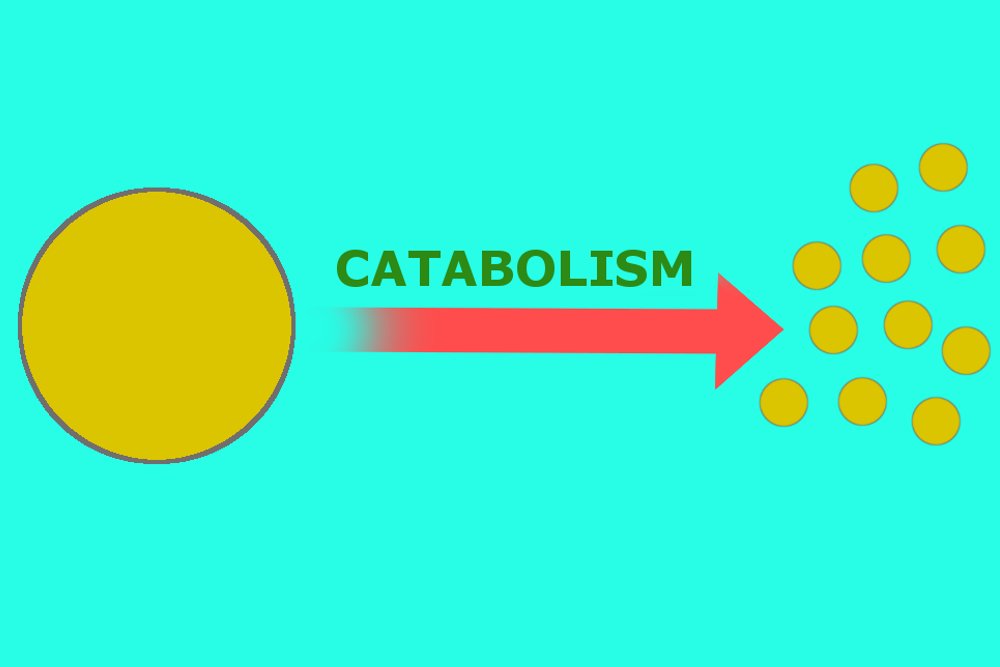
The bold dendrograms in HCAs mark subgroups of tumors with the greatest upregulated hub genes. (B) Tumor is marked with red dendrogram and normal sample is marked with blue dendrogram. The five upregulated hub genes showed increased expression in 76 out of 79 tumors, and the five downregulated hub genes showed decreased expression in 77 out of 79 tumors when compared with normal samples. (B) and (C) HCA and PCA of the upregulated hub genes and downregulated hub genes. The represented biological processes for the corresponding genes, determined in DAVID with FDR < 0.05, are labelled in boxes. Red edges are the connections between upregulated genes, blue edges are the connections between downregulated genes, and green edges are the connections between up and down regulated genes. The upregulated hub genes are in red squares and the downregulated hub genes are in blue squares.

(A) The connections of ten potential hub genes and their correlated 607 genes with 2,080 interactions. Tumors were more heterogeneous than normal controls in PCA plots. Both high stage tumors (labeled in red) and low stage tumors (labeled in black) are presented in bold dendrograms. The bold dendrograms in HCAs mark subgroups of tumors with the greatest downregulated corresponding genes. Tumor is marked with blue dendrogram and normal sample is marked with red dendrogram. (B) and (C) Majority of tumors were clustered together within the downregulated side (blue) of TCA/ SIRT pathway and mitochondrial respiratory chain complexes. Tumors were more heterogeneous than normal controls in PCA plot. The bold dendrograms in HCA mark subgroups of tumors with the greatest upregulated corresponding genes. Tumor is marked with red dendrogram and normal sample is marked with blue dendrogram. (A) Majority of tumors were clustered together within the upregulated side (red) of glycolytic HCA. HCA and PCA of genes pertaining to glycolysis (A), TCA cycle and sirtuin pathways (B), and five mitochondrial respiratory chain complexes (C). A gene co-expression network analysis provides a clear and broad picture of biological pathways in tumors that may significantly enhance or supplant current histopathologic studies.Ĭell cycle collagen catabolism gene co-expression network inflammation lipid metabolism. Taken together, our findings suggest that, within an inflammatory microenvironment, invasive, dedifferentiated and rapidly dividing tumor cells divert the oxidation of fatty acids and lipids from energy production into lipid components of cell membranes and organelles to support tumor proliferation. A network analysis of deregulated genes revealed newly described cancer networks and putative hub genes. In comparing 79 colorectal cancers to their matched normal mucosa, tumors were distinguished from normal non-malignant tissues not only in the upregulation of biological processes pertaining to cell proliferation, inflammation, and tissue remodeling, but even more strikingly, in downregulated biological processes including fatty acid beta oxidization for ATP production and epithelial cell differentiation and function. Using mRNA-Seq, we examined the protein coding messenger RNA (mRNA) expression profiles across different histologically defined stages of primary colon cancers and compared them to their patient matched normal tissue controls.

Precise characterization of biological processes critical to proliferation and metastasis of colorectal cancer should facilitate the development of diagnostic and prognostic biomarkers as well as novel treatments.


 0 kommentar(er)
0 kommentar(er)
